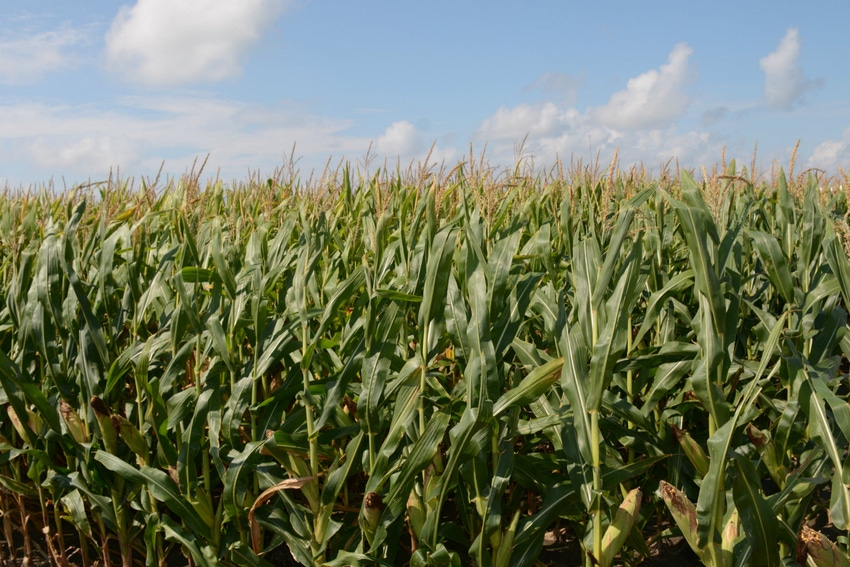
No doubt about it, 2018 has been a very challenging year for North Carolina corn farmers.
Excessive rain and cold temperatures in April and May made planting difficult, and the crop was slow to move. Then hot and dry weather this summer stressed the crop. “It’s been a very difficult year,” North Carolina State University Extension Corn Specialist Dr. Ron Heiniger said at the Blackland Farm Managers Tour at 3B Farms in Pinetown Aug. 1.
Heiniger says both the yield and quality of this year’s crop will be down. He expects the state to average 140 bushels per acre. He says farmers are hoping and praying for cooperative weather from now until harvest to help the corn crop recover from stress for much of the growing season.
“When we get a year like this the only thing you have that’s in your favor that you can rely on to fight adverse weather conditions is one word and that word is ‘roots.' You have to have roots to allow that corn crop to take up water when it’s dry or to find air and nutrients when it’s saturated and wet. You have to rely on roots,” Heiniger said at the Blackland field day.
“Our job is to develop roots as quickly as we can once that seed is planted. Drainage is critical. Roots don’t grow where there is no air. If there is no air, there are no roots. We have to have drainage,” he said.
Heiniger once again hammered home the vital importance of uniform emergence and doing everything to make sure your corn plants come up at the same time. Moreover, starter fertilizer is critical.
“Those are the ways we get this crop off to a running start. We got to have some nitrogen at planting time to provide some of the nutrient energy that plant needs to get off to a running start. We need micronutrients. We need to make sure we do a good job of getting nitrogen in the root zone when we put on that layby nitrogen,” he said.
The concept of uniform emergence is important to consider when thinking about roots. Heiniger made it clear that roots that develop late must compete with the earlier emerged plants that have an advantage over later emerging plants. Later emerged plants don’t develop as a healthy root system as the earlier emerged plants.
“To manage uniform emergence, choose a better planting date. Basically, you need three good days of uniform temperatures and you need to avoid excessive rainfall. Look at seeding depths and then hybrids,” he said.
The genetics of each hybrid is critical and farmers need to understand how each hybrid interacts with the environment. Heiniger urged farmers to target their hybrids to the environmental conditions of each farm.
Moreover, micronutrients are a must for developing a healthy root system.
“The problem with applying a lot of animal waste on these soils is that the phosphorous indexes start to jump up. We realize that we have some interactions that restrict the uptake of phosphorous because we don’t have enough elements such as magnesium, boron and zinc,” Heiniger said.
About the Author(s)
You May Also Like






